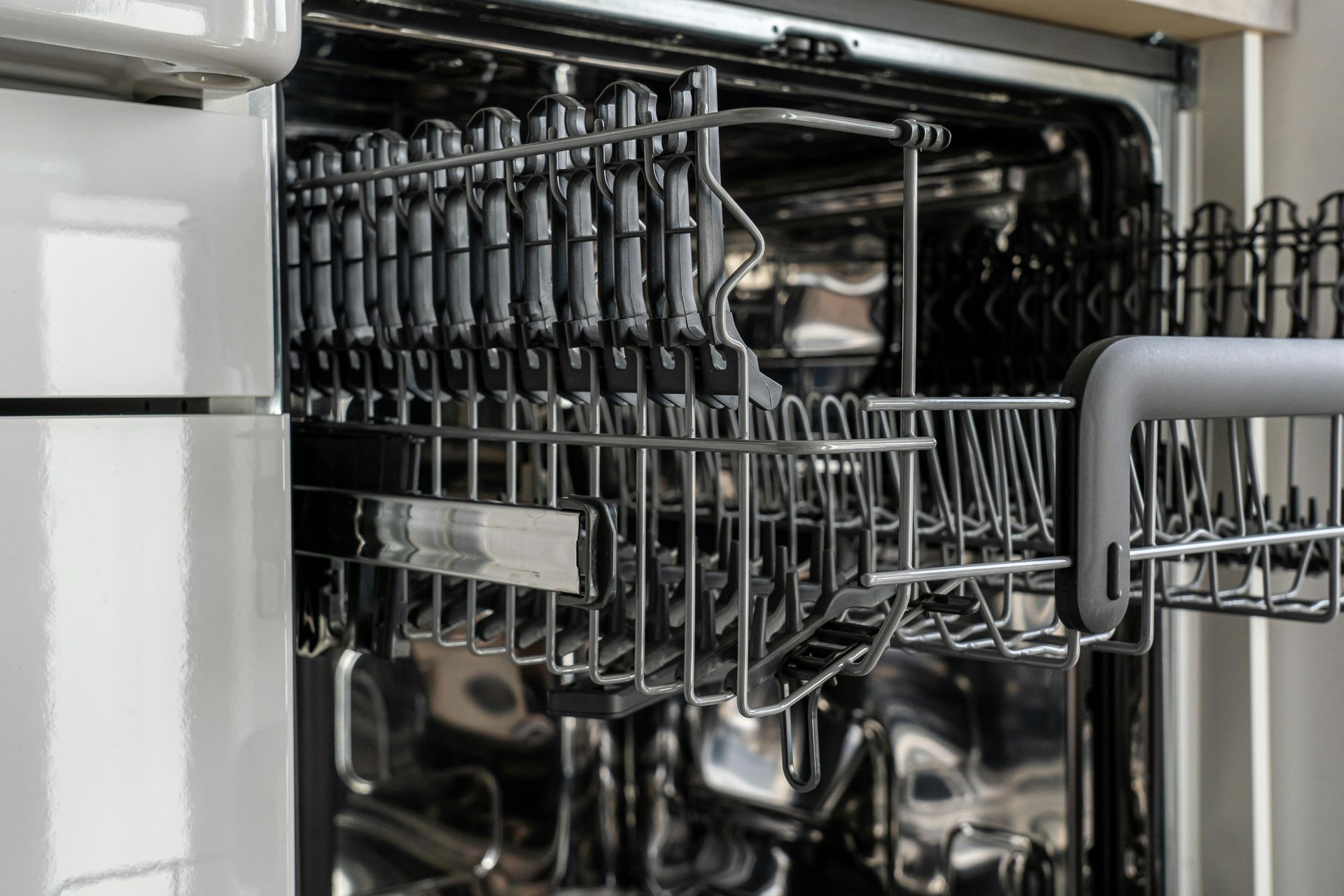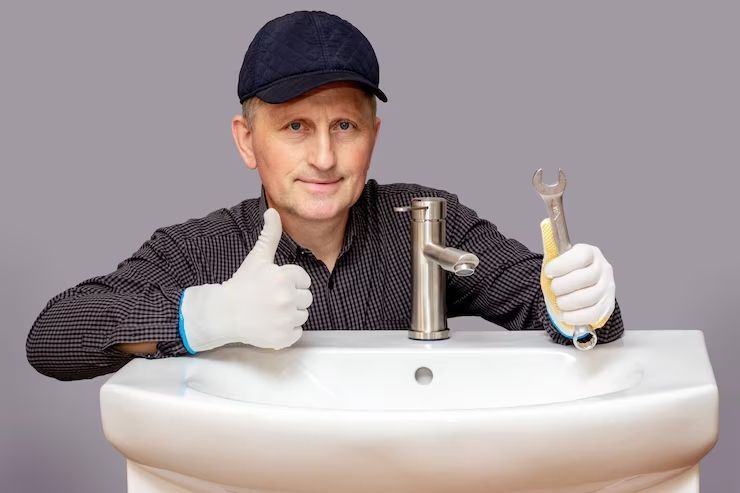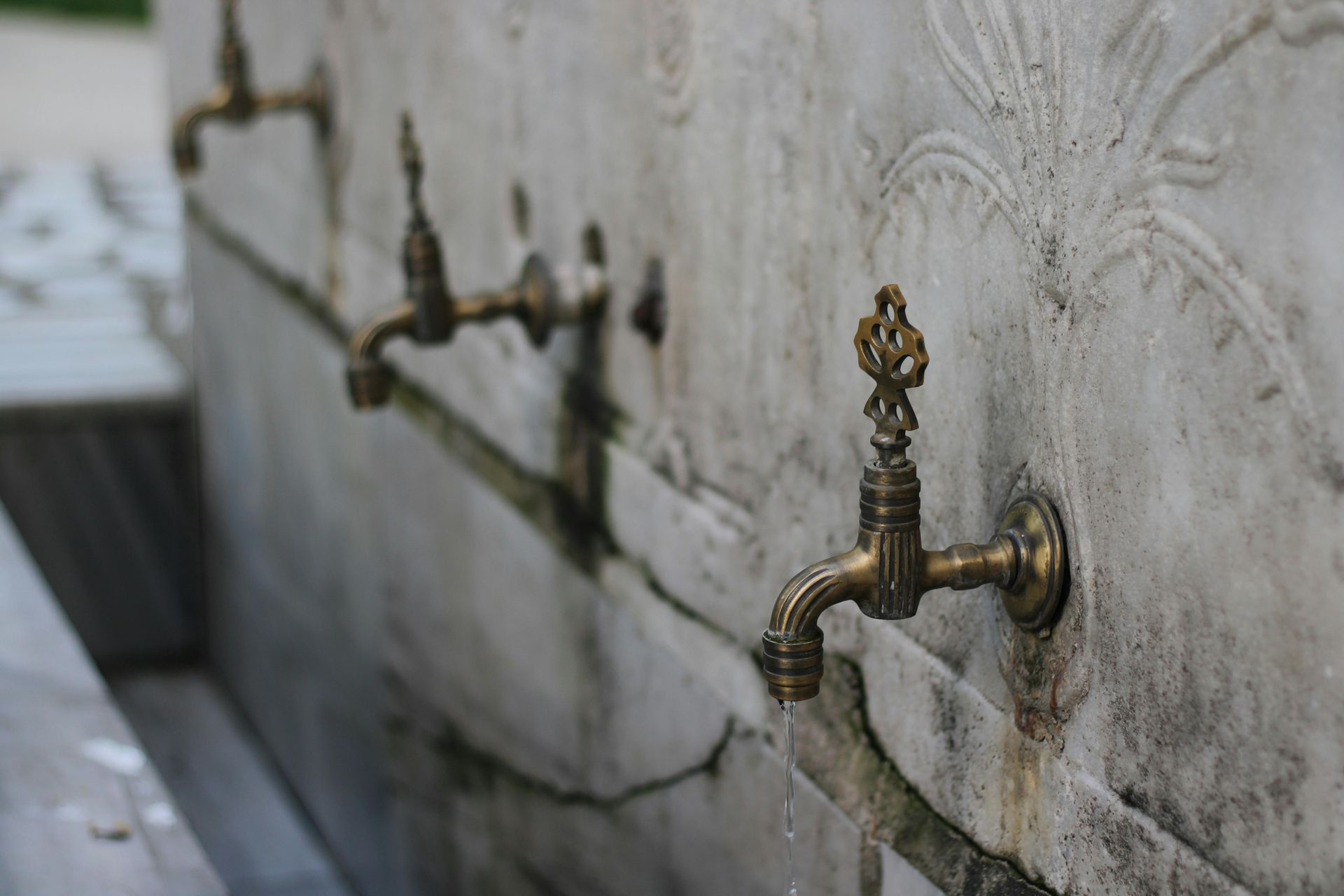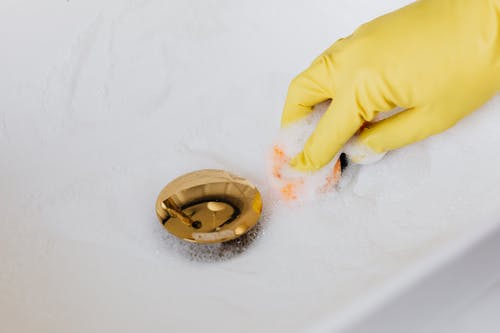How to Properly Install a New Toilet Flush Valve?
Installing a new toilet flush valve is a vital plumbing task that ensures your toilet functions efficiently without running water continuously or leaking. The flush valve controls the flow of water from the tank to the bowl during each flush. Over time, these valves can crack, warp, or wear out, causing leaks, inefficient flushing, or a constantly running toilet. Proper installation replaces the faulty valve with a correctly fitted new one to restore your toilet's performance and save water.
This detailed article walks you through the entire process, from preparation to final testing, with clear professional guidance. Alongside the flush valve installation, we will touch on related considerations such as how to install a new toilet seat, the complexities of sewer line replacement when relevant, and the benefits of engaging expert services like All City Plumbers for reliable and comprehensive plumbing solutions.
Understanding the Toilet Flush Valve and Its Function
The flush valve sits inside the toilet tank and controls water release into the bowl during flushing. It consists mainly of a valve body, overflow tube, and a flapper or seal. When you push the flush lever, the valve opens allowing water to pass, and afterward, it closes tightly to refill the tank without leaking.
Failures in flush valves often manifest as leaks, running water, or an inability to flush adequately. In many cases, replacing the entire flush valve assembly is more effective than merely replacing worn components like the flapper, especially if the valve body has cracks or extensive wear.
Preparation and Tools Needed
Before beginning the installation, gather essential tools and materials:
- New flush valve assembly compatible with your toilet model (standard 2-inch or larger 3-inch flush valves)
- Adjustable wrench or slip-joint pliers
- Screwdriver set
- Sponge or towel to remove excess water from the tank
- Bucket to catch water
- Putty knife or scraper (to remove old gasket residue)
- Replacement tank-to-bowl gasket (if not included)
- Plumber’s tape
Preparation includes shutting off the water supply to the toilet, flushing to empty the tank, and removing any remaining water using a sponge or towel. Protect your work surface by placing towels or a rubber mat under the toilet tank after removal.
Step-by-Step Installation Guide
Step 1: Shut Off Water Supply and Drain the Tank
Turn off the water supply valve, typically located near the base of the toilet. Flush the toilet to empty as much water as possible. Use a sponge or towel to soak up any residual water inside the tank to avoid spills.
Step 2: Remove the Toilet Tank
Disconnect the water supply line from the tank using an adjustable wrench. Unscrew the tank bolts that secure the tank to the toilet bowl. Carefully lift the tank and place it on a flat, stable surface cushioned with towels to prevent damage.
Step 3: Remove the Old Flush Valve Assembly
Inside the tank, locate the flush valve connected to the overflow tube. Unscrew the large locknut securing the flush valve to the bottom of the tank using pliers or an adjustable wrench. Remove the flush valve and the attached flapper or seal. Clean the tank's bottom surface, particularly the flange area, removing any old gasket material or debris.
Step 4: Install the New Flush Valve
Insert the new flush valve into the tank’s outlet hole, ensuring the overflow tube aligns correctly with the tank’s internal design and does not block bolt holes. Place the new tank-to-bowl gasket around the base of the flush valve's locknut threads.
Securely hand-tighten the locknut onto the flush valve threads inside the tank, then use pliers for a final snug fit—take care not to overtighten and crack the porcelain.
Step 5: Reattach the Tank to the Bowl
Position the tank back onto the toilet bowl, aligning bolt holes. Insert bolts with rubber washers through the tank and bowl holes. From underneath, place metal washers and nuts, tightening evenly to avoid uneven pressure that could crack the porcelain. Ensure the tank rests firmly without rocking.
Step 6: Reconnect the Water Supply Line and Fill Valve
Reconnect the water supply line to the fill valve. Slowly open the water supply valve and allow the tank to fill. Monitor the water level, adjusting the fill valve float if necessary to ensure the water does not overflow the overflow tube.
Step 7: Test the Flush Valve and Check for Leaks
Flush the toilet several times to test the flush valve operation, checking for leaks around the tank base, bolts, and flush valve connections. Ensure the flapper or seal seats properly and the tank refills as expected.
For enhanced comfort and convenience, now might be a good time to also install a new toilet seat, which can complement your upgraded flush valve installation and improve the overall bathroom experience.
Additional Insights: Related Plumbing and Maintenance Issues
Replacing a flush valve might seem isolated, but more extensive plumbing problems like sewer line replacement can affect your toilet’s performance indirectly through poor drainage or backups. Addressing these bigger issues often requires professional intervention.
Furthermore, routine plumbing maintenance in your home, including timely repairs such as fixing slow drains or faulty valves, helps prolong the life of all fixtures. Whether it’s learning how to fix a slow draining dishwasher or updating other plumbing components, professional guidance ensures system health and water efficiency.
Professional Installation and Services
Although many homeowners can undertake flush valve replacement as a DIY project, complications sometimes arise, such as awkward tank designs, corrosion, or plumbing irregularities. For such scenarios, professionals like All City Plumbers provide expert installation, ensuring code compliance, leak-free connections, and reliable long-term outcomes.
Choosing professional services also helps detect underlying issues early, like waterline repair and replacement needs, preventing future costly repairs.
Conclusion
Replacing a toilet flush valve properly requires careful preparation, precise installation, and thorough testing. This process restores your toilet’s performance, eliminates leaks, and enhances water efficiency. Combining the installation with other bathroom upgrades, such as replacing the toilet seat, further improves functionality and user experience.
For complex plumbing needs or to ensure peace of mind, trusted experts like All City Plumbers offer skilled, timely service, helping maintain the integrity and comfort of your home’s plumbing system.
Taking the time to install a new flush valve properly safeguards your home from water waste and plumbing complications, supporting efficient and worry-free bathroom use for years to come.











